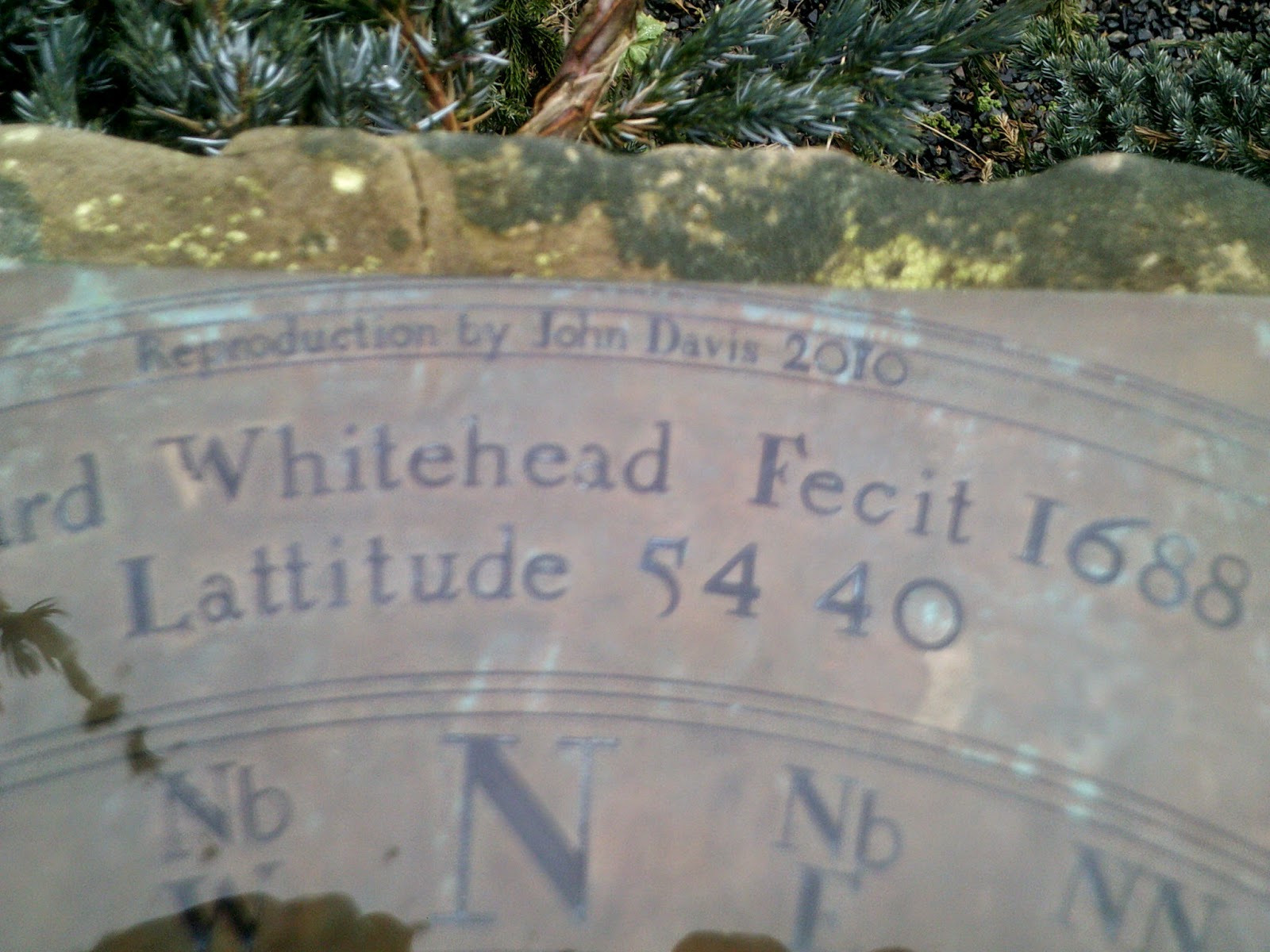I posted last month about Riemann surfaces. The Riemann sphere is a simple Riemann surface. I made a model of it to help me to understand it.
First, a quick recap. You can't get an answer for the square root of a negative number. Try it on your calculator for square root of -1. You get "Math ERROR". But someone was brave enough to break the rules and pretend that the answer existed. So the answer was called an IMAGINARY number and square root of -1 is called i. i stands for imaginary.
You can then make up COMPLEX numbers which include a real number and an imaginary number eg 1 + i or 6 + 4i. Someone then suggested plotting these like you would plot x and y on a graph. The x-axis gets the real number and the y-axis gets the imaginary number. The graph is called the complex plane. A Riemann sphere is a technique for turning a flat piece of complex plane graph paper into the curved surface of a sphere instead. Here's a picture of a flat complex plane with a glass sphere above. I have placed a light bulb at the north pole of the sphere. I marked an x on the glass. The light shines through and makes a shadow on the flat complex plane. These two points are the same - it's just one is plotted on a flat surface and the other on a curved surface.

Next I drew a line round the equator of the glass. I went over the shadow on the flat surface with a red pen. We call this the "unit circle" on the complex plane. The circle has a radius of one unit. Points drawn below the equator on the glass appear inside the unit circle. They are less than 1 - in other words they are fraction. If I use the letter z to represent any complex number, the points below the equator must be 1/z to be fractions.
Next I did the thing the other way round. I marked a point 1 + i on the flat surface and worked out using shadows where the same point would appear on the curved surface. Notice that it is above the equator.
The further up the sphere you mark a point, the further from the origin of the graph the shadow appears on the flat graph. If you think about it, by the way that light makes shadows, two points close together near the top of the glass sphere will end up a long way apart on the flat plane. The conclusion is that the light must have been placed at a point representing infinity. The beauty of the Riemann sphere is that it takes a infinitely big flat plane and maps it onto a finite surface of a sphere. An infinity can be represented by a single point at the north pole.
Now I understand the construction, I need to know what it is used for! Back to Roger Penrose's book! And many thanks to my technicians for coming up with the perfect spherical flask for the photographs!









































.JPG)



